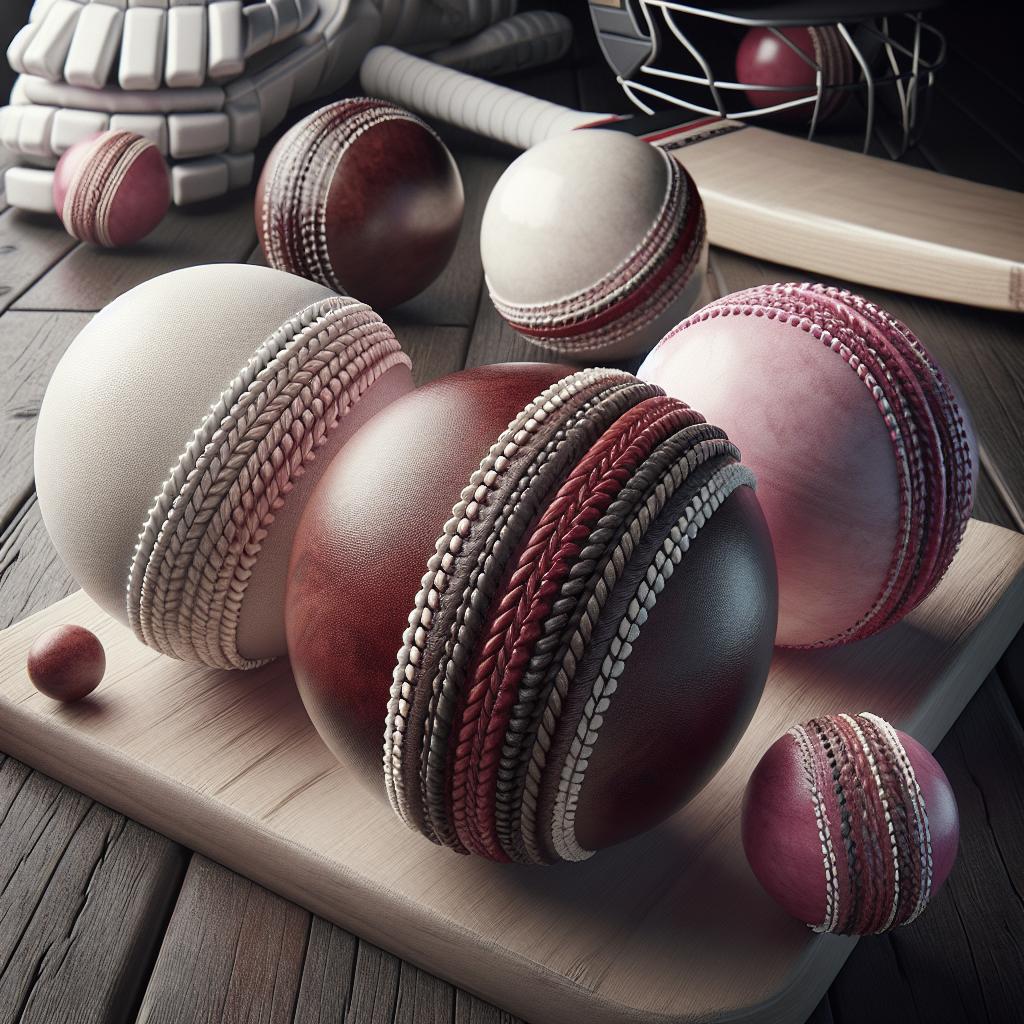<>
“`
Cricket Fitness Exercises: The Foundation for Success
Cricket is a sport that demands peak physical performance, agility, and mental toughness. Whether you’re a bowler, batsman, or fielder, the right fitness regimen is crucial to succeeding on the field. This comprehensive guide breaks down the essential fitness exercises that form the backbone of a successful cricket training program. From warm-up routines to advanced strength and plyometric drills, each section aims to enhance specific skills and physical attributes, ensuring that players are well-rounded athletes. We also delve into specialized exercises for batting, bowling, and fielding to cover the nuances of these roles.
Cricket warm-up exercises:
A proper warm-up is essential for preparing the body for intense physical activity and reducing the risk of injuries. Begin with dynamic stretches such as leg swings, arm circles, and torso twists to get the blood flowing and muscles activated. Follow this with light cardio exercises like jogging or jumping jacks for 5-10 minutes. Integrate sport-specific warm-ups like shadow batting or bowling with a light ball to mimic actual gameplay scenarios. These exercises not only warm up the relevant muscles but also help to mentally prepare players for the upcoming session.
Plyometric Drills for Explosiveness:
Plyometric exercises are crucial for developing explosive power, essential for fast bowling and powerful shots. Box jumps and squat jumps are excellent for building lower body strength and agility. Aim for 3 sets of 10-12 reps each. Incorporate upper body plyometrics such as medicine ball throws. These drills improve the explosive muscle contractions required for a powerful bowling action or quick field movements. Remember to maintain correct form to prevent injury and maximize effectiveness.
Core Strengthening Exercises:
A strong core provides the stability needed for almost every movement in cricket. Planks and side planks are fundamental exercises that challenge core endurance. Aim for holding each position for at least a minute, gradually increasing as your strength improves. Russian twists and leg raises can further enhance your core’s rotational strength, which is particularly beneficial for batting and bowling. Incorporate these exercises into your routine for balanced, comprehensive core development.
Endurance Training for Stamina
Cricket matches can be long and grueling, so building stamina is key. Incorporate high-intensity interval training (HIIT) to improve cardiovascular fitness. This might include alternating between sprints and jogs for a set duration. Distance running or cycling can also be good for improving long-term stamina. Aim for at least 30-40 minutes of continuous cardio, ensuring you include both steady-state and varied intensity workouts to cover all bases.
Agility Drills for Quick Reflexes
Agility is paramount for both fielding and running between wickets. Ladder drills are excellent for improving footwork and quick changes in direction. Perform these drills at the beginning of a workout to stay fresh and focused. Cone drills can further enhance your ability to move quickly and change directions. Set up cones in a zig-zag pattern and practice sprinting to each cone, focusing on quick pivots and explosive speed.
Strength Training for Power:
Strength is the backbone of powerful performances on the field. Focus on compound lifts like squats and deadlifts to build lower body strength. Aim for 3 sets of 8-12 reps to strike a balance between strength and hypertrophy. Don’t neglect upper body strength; exercises like bench presses and rows will enhance your hitting power and throwing ability. Regular strength training sessions will build the muscular power needed for all cricket activities.
Flexibility Exercises for Injury Prevention
Flexibility is often overlooked but is crucial for avoiding injuries. Incorporate yoga or static stretching exercises such as hamstring stretches, calf stretches, and shoulder stretches. Hold each stretch for at least 30 seconds. Dynamic flexibility exercises like leg swings and arm circles can also be included in warm-up routines to prepare the body for dynamic movements. A flexible body is less prone to injuries and performs more efficiently.
Mental Conditioning
Equally important as physical fitness is mental strength. Techniques such as visualization and mindfulness can help improve focus and reduce game-day anxiety. Spend a few minutes each day visualizing successful plays and practicing deep breathing techniques. Mental conditioning also involves simulating high-pressure situations during training. Practice under game-like conditions to build psychological resilience and better handle real match scenarios.
Warm-up (20 mins)
Start with dynamic stretches like leg swings and arm circles followed by 10 minutes of light cardio. This foundational warm-up will activate all muscle groups and get you mentally geared for the training session. Integrate cricket-specific drills such as shadow batting or light bowling to further prime your body and mind for intensive activities.
Strength Training (30 mins)
Dedicate 30 minutes to compound lifts like squats, deadlifts, bench presses, and rows. Aim for 3 sets of 8-12 reps each to build muscle endurance and strength, crucial for batting, bowling, and fielding. Include core exercises like planks and Russian twists to ensure a well-rounded strength training session. A strong core contributes to overall stability and balance, essential for all cricket movements.
Plyometric Drills (20 mins)
Plyometric drills such as box jumps and squat jumps are vital for enhancing explosive power. Aim for 3 sets of 10-12 reps each to build lower body strength. Integrate upper body plyometrics like medicine ball throws to develop the explosive power needed for fast bowling and powerful batting.
Batting or Bowling Drills (20 mins)
Spend focused time on specific batting or bowling drills. Batters can practice target hitting and power hitting with resistance bands, while bowlers can focus on medicine ball throws and bowling with targets. This specialized training helps polish your skills and improves your performance in actual match situations.
Fielding Drills (10 mins)
Dedicate 10 minutes to sharpening your fielding skills. Drills such as reaction catching, high catching, and slip catching can significantly improve your fielding performance. Relay throwing and ground fielding exercises should also be included to cover all aspects of fielding, from catching to throwing accuracy.
Interval Training (10 mins)
High-intensity interval training (HIIT) for 10 minutes can significantly boost your cardiovascular fitness and stamina. The alternating bursts of speed and active rest improve your overall endurance and match fitness. Incorporate sprints, shuttle runs, or ladder drills in these short, intense intervals to achieve peak fitness.
Cool Down and Stretching (10 mins)
Conclude your workout session with 10 minutes of cool-down activities and stretching. This helps in reducing muscle soreness and aids in recovery. Focus on static stretches, holding each for at least 30 seconds, to improve flexibility and reduce the risk of injuries.
Cricket Batting Exercises: Mastering the Art of Batting
Shadow Batting (For 15 mins before the nets session)
Shadow batting is an essential exercise for honing your batting technique. Spend 15 minutes practicing your shots without a ball. Focus on footwork, balance, and the correct bat swing. This exercise warms up your muscles and ingrains the muscle memory needed for precise and powerful batting. Incorporate it into your pre-nets routine to get in the zone.
Reaction Drills to get yourself in the zone:
Reaction drills are crucial for improving your reflexes. Use tennis balls thrown at random speed and direction to practice quick responses. This will mimic the unpredictability of real match situations and significantly elevate your batting performance. Incorporate visual stimuli like colored balls to enhance your concentration and ability to quickly adapt to different scenarios.
Target Hitting
Target hitting drills help improve accuracy and fine-tune your batting technique. Set up targets at various points and try to hit them consistently. This enhances your hand-eye coordination and shot precision. Practicing with targets also helps in developing the ability to place shots strategically, crucial for scoring runs efficiently.
Power Hitting with Resistance Bands:
Using resistance bands can significantly boost your power hitting ability. Attach a band to a fixed object and practice hitting shots while resisting the band’s pull. This exercise strengthens the muscles used in batting and improves swing power. Integrate this drill into your routine to develop explosive hitting power, essential for clearing the boundary.
Running Between Wickets:
Running between wickets is an often overlooked aspect of batting. Practice short sprints with quick turns to mimic the actual running between wickets. This will improve your speed and agility, crucial for scoring quick singles and converting them into doubles. Include drills that involve starting from different positions and sprinting to enhance your adaptability and decision-making during games.
Fast Bowling Exercises and Workout:
Medicine Ball Throws
Medicine ball throws are excellent for developing the explosive upper body strength needed for fast bowling. Stand side-on and throw the ball against a wall or to a partner as hard as you can. This will build the muscle power crucial for high-speed deliveries. Aim for 3 sets of 10-12 throws, focusing on maintaining proper form to prevent injury.
Resistance Band Workouts
Resistance bands provide an effective way to strengthen the muscles involved in bowling. Attach a band to a fixed object and simulate your bowling action, focusing on the follow-through and delivery phases. This improves your bowling speed and control. Incorporate these resistance band workouts into your routine to enhance muscle endurance and bowling technique.
Bowling with Targets
Practice bowling with set targets to improve your accuracy and consistency. Place cones or markers at various lengths and aim to hit them consistently. This will help you develop the precision required to bowl effective deliveries under pressure. Regularly include this drill in your practice sessions to refine your line and length.
Hill Sprints
Hill sprints are an excellent way to build leg strength and cardiovascular endurance. Sprinting uphill engages more muscle groups and increases your stamina, crucial for maintaining high performance throughout a long spell of bowling. Incorporate 5-10 hill sprints in your workout, focusing on explosive speed and quick recovery.
Swing Practice
Swing bowling requires a combination of skill and strength. Use drills that focus on wrist and finger strength, such as squeezing a tennis ball or using a grip strengthener. These exercises will enhance your ability to control swing. Practice swinging the ball in net sessions with various grips and wrist positions to master the art of swing bowling.
Cricket Fielding, Catching, and Diving Drills:
Reaction Catching:
Reaction catching drills are essential for improving your reflexes in the field. Use a reaction ball or have a partner throw balls at random speeds and angles. Focus on catching the ball quickly and efficiently. These drills mimic the unpredictable nature of fielding in cricket and help build the quick reactions needed to take challenging catches.
High Catching:
High catching drills help you practice taking catches from great heights. Use a ball machine or have a partner throw high balls for you to catch. This improves your ability to judge and catch aerial balls. Regularly practicing high catching will boost your confidence and ability to handle challenging catches during matches.
Slip Catching:
Slip catching requires sharp reflexes and precise hand-eye coordination. Practice with a partner or use a slip cradle to simulate catching edges. This will improve your ability to catch balls that come at varying speeds and angles. Consistently include slip catching drills in your routine to enhance your performance in close-catching positions.
Circle of Catching:
This drill involves standing in a circle with multiple players and passing the ball quickly between them. Focus on catching and passing the ball as quickly as possible. This drill enhances teamwork, coordination, and quick reflexes. Incorporate this drill into group training sessions to improve overall fielding skills and on-field communication.
Relay Throwing:
Relay throwing drills are crucial for improving throwing accuracy and speed. Set up a relay with multiple players and practice throwing the ball quickly and accurately to each other. This mimics real match scenarios where quick, accurate throws are crucial. Practicing relay throws regularly will enhance your overall fielding performance, making you a more valuable team player.
Ground Fielding:
Ground fielding drills focus on stopping the ball quickly and efficiently. Practice techniques such as the long barrier and the slide to stop and throw the ball quickly. These drills improve your ability to field ground balls cleanly and make accurate throws. Integrate ground fielding drills into your routine to ensure all aspects of your fielding are covered.
Future Prospects:
| Section | Key Exercises | Duration |
|---|---|---|
| Cricket warm-up exercises: | Dynamic stretches, light cardio, shadow batting | 20 mins |
| Plyometric Drills for Explosiveness: | Box jumps, squat jumps, medicine ball throws | 20 mins |
| Core Strengthening Exercises: | Planks, side planks, Russian twists, leg raises | N/A |
| Endurance Training for Stamina | HIIT, distance running, cycling | N/A |
| Agility Drills for Quick Reflexes | Ladder drills, cone drills | N/A |
| Strength Training for Power: | Squats, deadlifts, bench presses, rows | 30 mins |
| Flexibility Exercises for Injury Prevention | Yoga, static stretching, dynamic flexibility | 10 mins |
| Mental Conditioning | Visualization, deep breathing, high-pressure simulation | N/A |
| Batting or Bowling Drills | Target hitting, resistance band power hitting, bowling with targets | 20 mins |
| Fielding Drills | Reaction catching, high catching, slip catching | 10 mins |
| Interval Training | Sprints, shuttle runs, ladder drills | 10 mins |
| Cool Down and Stretching | Static stretching | 10 mins |
2 comments
Leave a comment
“`


